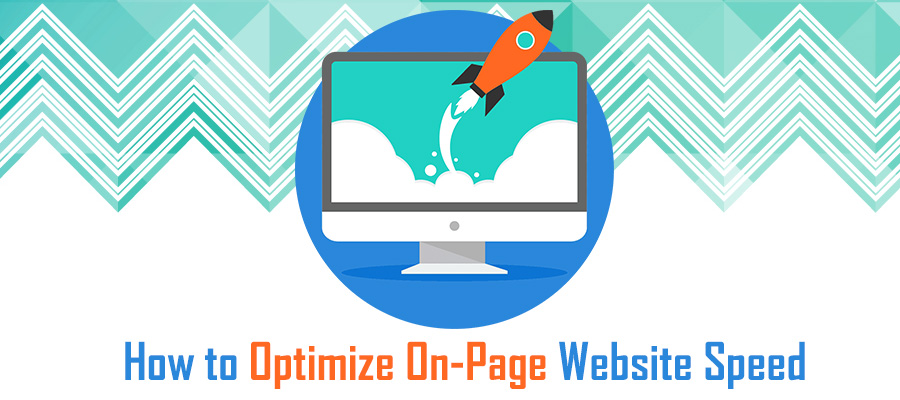 Your customers aren’t shy about what they want. They want a website that loads quickly and efficiently on any device. More people than ever are surfing the internet on their phones. Having a fast website is important for improving search engine rankings and keeping your profits up. The first thing you can do is determine your website’s speed with a free website speed test. Here are six ways to optimize on-page website speed.
Your customers aren’t shy about what they want. They want a website that loads quickly and efficiently on any device. More people than ever are surfing the internet on their phones. Having a fast website is important for improving search engine rankings and keeping your profits up. The first thing you can do is determine your website’s speed with a free website speed test. Here are six ways to optimize on-page website speed.
1. Reduce HTTP Requests
Eighty percent of your website’s load time involves downloading the images and text, according to Yahoo. This is otherwise known as an HTTP request. The more on-page elements your website has, the longer it takes for your website to load. You can resolve this problem by noticing how many requests your website receives.
Then you can work on reducing these requests. You’ll notice how much faster your website loads. You can do this on an ongoing basis by looking through your files and removing any unnecessary ones. If you notice any issues, then you’ll want to combine some of those files.
2. Reduce On-Page Components
Among these images, scripts, and stylesheets, each of these processes can have an impact on your website’s load time. If you use multiple style sheets or use images with CSS, then those HTTP requests won’t slow down your website.
3. Minify & Combine Files
Once you understand how many requests your receives, you can decrease that number. One way to reduce these requests is to work on your CSS, HTML, and JavaScript files. Each of these files is important since they’re responsible for your website’s appearance. You can minify these requests by combining your files.
This can be useful if you rely on a templated website builder. This makes it easier to create a website, but it can also add elements that can slow down your website. There are other ways to minify and combine files such as reducing the number of plugins that are on your website. The fewer the elements, the better for your website.
4. Compress Large Pages
Google said that the best SEO practices involve a combination of long-form content, shareable media, and videos. This can help you reach more people and rank higher in search engine results. This content can also decrease website loading times. The key is to compress some of your largest pages so they don’t take up as much space or use as much bandwidth and also optimize on-page website speed.
5. Use Asynchronous Loading
After minifying and combining your files, you should shift your focus on the way they should load on each of your pages. For example, CSS and JavaScript are loaded differently. They’re either loaded asynchronously or synchronously. Files that load asynchronously can increase the speed of your pages.
6. Use Browser Caching
Turning on the browser caching feature stores all of the information that ends up on the viewer’s hard drive. This can greatly improve the load times of your website. However, many people fail to see the power of this helpful tool and ignore it. Overlooking this tool can decrease the user experience and cause frustration for your visitors.
This may seem complex, but it doesn’t have to be stressful. You’ll see an increased return on investment when you tackle each of these approaches to optimize on-page website speed. Your site should be accessible across any device. When your website speeds improve, this will lead to an improved user experience.


